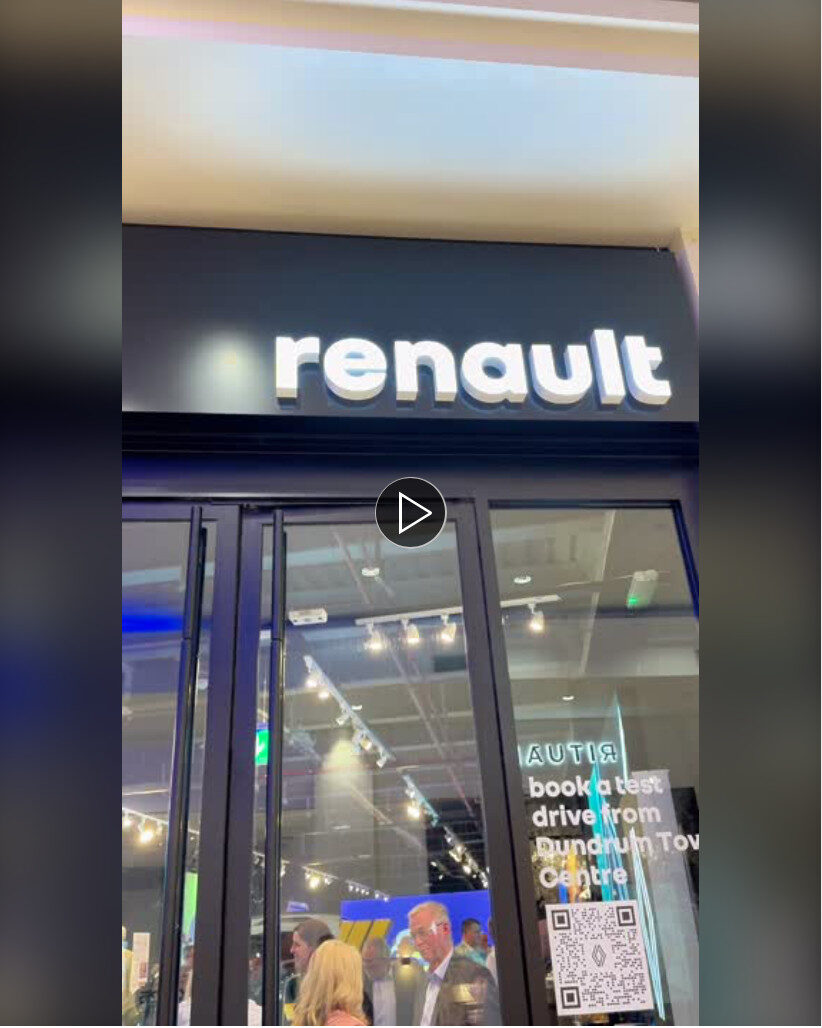
You are not in control of your brand narrative.
Now don’t panic! This isn’t the doomsday message it appears to be. Over the last few decades, the way a brand story is told has evolved – what used to be a one-way communication system has transformed into a back-and-forth conversation between your brand and your audience.
We’re going to tell you what this means, and how it can pave the way to brand success.
The evolution of storytelling
If another species was to do a David Attenborough-style documentary on us, the first thing they would talk about is how we are “homo narrans” – meaning it is in our nature as humans to tell stories.
While there is evidence that we have told stories since the beginning of our existence (did you know cave paintings were an early form of animation?), the introduction of technology such as radio, tv and more recently, the internet, dramatically evolved the way in which we tell and share stories.
Companies recognised the power of these new platforms, and in the early days of advertising they used methods such as radio, tv and press to tell the public about their products. And the public could only listen – there was no way to share their brand experiences with fellow customers, beyond the few they would meet in person. What has changed since the dawn of the internet and the advent of social media is that, unlike before, the public can now talk back.
The butterfly effect of consumer stories

These days, the telling of a brand story is a collaborative process between the audience and consumers. The audience are no longer passive listeners, and will share their experiences with a brand online. This creates great transparency for a brand. Because of this, a brand’s messaging must be 100% authentic – otherwise, your audience will expose you.
So, the brand narrative is a never-ending process: first, the brand shares their campaign or content. Then a consumer will share their experience with the company online. Good or bad, this new story from the consumer is weaved into the existing brand narrative. This will happen over and over again as new consumer stories are published. Brands need to be sure that their communications are consistent, truthful and appropriate for their target audience, if they want their brand narrative to remain similar to its initial form. However, there is no guarantee for a brand that their story won’t change as consumers join the conversation – and this can be terrifying to companies.
The fact is that, like it or not, consumers will have a say in your narrative. What you do with this information can lead to amazing success, or embarrassing failures, for your brand.
What can happen if you ignore the audience’s voice?
If brands ignore the role their audience plays in their brand storytelling, they may face repercussions. A classic example is ‘United Breaks Guitars’. In 2009, guitarist Dave Carroll was flying to a gig with United Airlines. From his window he saw his guitar being thrown about on the tarmac. When he arrived, he found his Taylor guitar had been destroyed. What followed was 9 months (!) of appeals from Carroll to United Airlines to reimburse him for the damage. United said “no”. But United forgot about the power of the internet.
Dave Carroll decided to express his frustration the best way he knew how – by writing a song about his experience with United Airlines. And this cost United dearly – within 4 days, this viral hit caused United’s stock value to drop by 10%, costing the airline $180 million.
It was at this point that United tried to take the conversation with Carroll offline, but they failed to realise that this conversation was not just between the brand and Carroll. All United Airline customers were now part of the discussion, and they wanted to hear how United dealt with Carroll’s complaint. United’s lack of transparency and disregard for the customer service, as well as their lack of understanding of the power of the internet, caused a PR nightmare that severely damaged the brand.
What happens if you include your audience in the conversation?
So, how do you avoid your own “United Breaks Guitars”? Well, the first step is to not break any Taylors. The second step is to be conscious of the role your audience plays in telling your brand narrative. The audience will be involved no matter what – and this can be a good thing! When brands tailor their marketing to include their audience in the storytelling process, it can result in big success for a brand.
You could argue that the advent of platforms like Instagram and TikTok, and their huge popularity, stems from the human desire to tell stories through creation of content. Depending on where the target audience spends their time, brands should be encouraging their audience to make their own content in relation to their brand narrative.
For example, this year we helped Government of Ireland’s The Department of Health develop the SciComm Collective. With this campaign, our objective was to support the existence of a network of young professionals with a background in, and a love for, science.
The aim of this campaign was to empower young people to live within the public health guidelines and feel safe – what better way than creating a space where young people can talk with each other, while getting advice from their educated peers? By considering the role of the audience and their desire to be part of the narrative and be heard, this campaign was, and continues to be, a great success.
Do you need help developing your brand narrative?
Get in touch!





